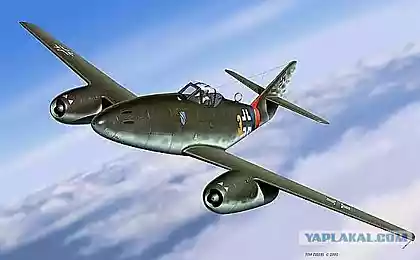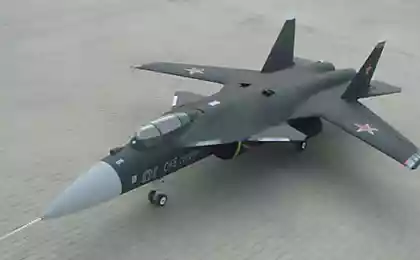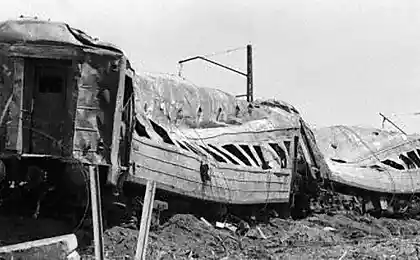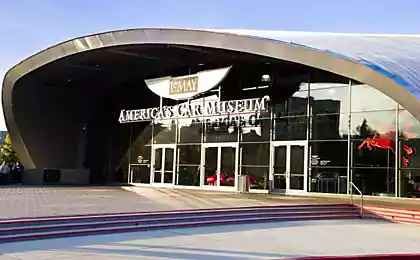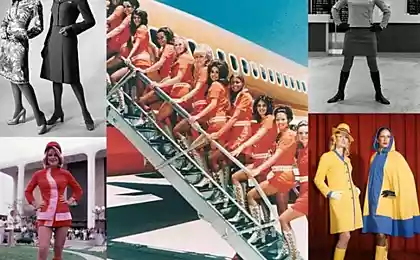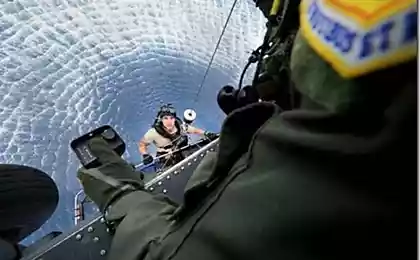497
Clip-Air is a new hybrid aircraft and trains
Despite the many advantages of air transport over ground, at this stage, flights paired with a huge amount of inconvenience. Here and travel in crowded airports, where they sell very expensive and tasteless coffee, long lines and strict security rules. It would be much easier, if landing in the plane resembled the distribution of passengers in the normal train. If the Swiss scientists from the Federal Polytechnic school of Lausanne (École Polytechnique Fédérale de Lausanne; EPFL) will be able to bring your idea to commercialization, one day, their Clip-Air will allow the production of modular aircraft, aboard which we will be able to climb on one of Moscow's train stations. At the same time to exit the vehicle in the centre of Rome, never crossing the threshold of the airport.
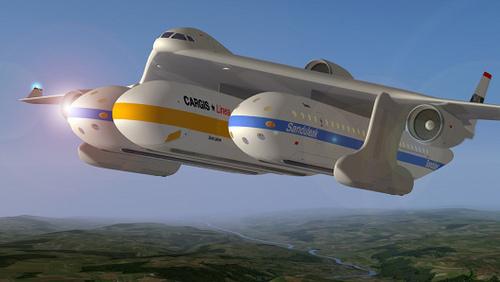
Work on the project Clip-Air is from 2009. The participants want to add to the speed of the aircraft the flexibility of rail transport. Recall that the planes are specialized vehicles designed for specific tasks, so a passenger plane can not be used as a truck without significant modifications. On the other hand, the train is a set of modules, where the locomotive acts as a "module" that provides the motion. By placing the passenger car behind the locomotive, you will receive a passenger train. Adding to the locomotive freight car – get a freight train. You can also add a special dining cars, tanks, trains, wagons for transportation of cars and more. This unit will allow purchased tickets to the Canary Islands go by land without much difficulty.
The creators of Clip-Air has decided to do the same thing with planes. Instead of a locomotive they use a flying wing with the engines, cockpit, fuel tanks and chassis. Instead of cars there are modules (capsules), each of which is an Autonomous aircraft fuselage. Capsules may be selected in accordance with current tasks.
Specialists EPFL has developed a capsule with a length of 30 m (98 ft) and weights 30 tons. These capsules can be used in railway transport, which allows to make substantial changes in the concept and operation of airports and their design. Instead of going to the airport and get on a plane, passengers could go to the train station for placement within the capsule. Moreover, the process will be as simple as in the case of commuter trains. Upon reaching the airport the capsule will caught the flying wing, so the passengers will not have to visit the terminal. The same principle applies to commercial transportation.
Representatives of EPFL argue that this configuration provides a more efficient and flexible management of passenger and freight traffic, reducing the chance of empty flights. The modular design also allows for savings in operation, maintenance and management. In addition, this approach is more environmentally friendly because Clip-Air can carry as many passengers, but can accommodate three Airbus A320, while the vehicle of the Swiss has twice as smaller engines. It can also be adapted to run on biofuel or liquid hydrogen. published
P. S. And remember, only by changing their consumption — together we change the world! ©
Join us in Facebook , Vkontakte, Odnoklassniki
Source: energysafe.ru/

Work on the project Clip-Air is from 2009. The participants want to add to the speed of the aircraft the flexibility of rail transport. Recall that the planes are specialized vehicles designed for specific tasks, so a passenger plane can not be used as a truck without significant modifications. On the other hand, the train is a set of modules, where the locomotive acts as a "module" that provides the motion. By placing the passenger car behind the locomotive, you will receive a passenger train. Adding to the locomotive freight car – get a freight train. You can also add a special dining cars, tanks, trains, wagons for transportation of cars and more. This unit will allow purchased tickets to the Canary Islands go by land without much difficulty.
The creators of Clip-Air has decided to do the same thing with planes. Instead of a locomotive they use a flying wing with the engines, cockpit, fuel tanks and chassis. Instead of cars there are modules (capsules), each of which is an Autonomous aircraft fuselage. Capsules may be selected in accordance with current tasks.
Specialists EPFL has developed a capsule with a length of 30 m (98 ft) and weights 30 tons. These capsules can be used in railway transport, which allows to make substantial changes in the concept and operation of airports and their design. Instead of going to the airport and get on a plane, passengers could go to the train station for placement within the capsule. Moreover, the process will be as simple as in the case of commuter trains. Upon reaching the airport the capsule will caught the flying wing, so the passengers will not have to visit the terminal. The same principle applies to commercial transportation.
Representatives of EPFL argue that this configuration provides a more efficient and flexible management of passenger and freight traffic, reducing the chance of empty flights. The modular design also allows for savings in operation, maintenance and management. In addition, this approach is more environmentally friendly because Clip-Air can carry as many passengers, but can accommodate three Airbus A320, while the vehicle of the Swiss has twice as smaller engines. It can also be adapted to run on biofuel or liquid hydrogen. published
P. S. And remember, only by changing their consumption — together we change the world! ©
Join us in Facebook , Vkontakte, Odnoklassniki
Source: energysafe.ru/



